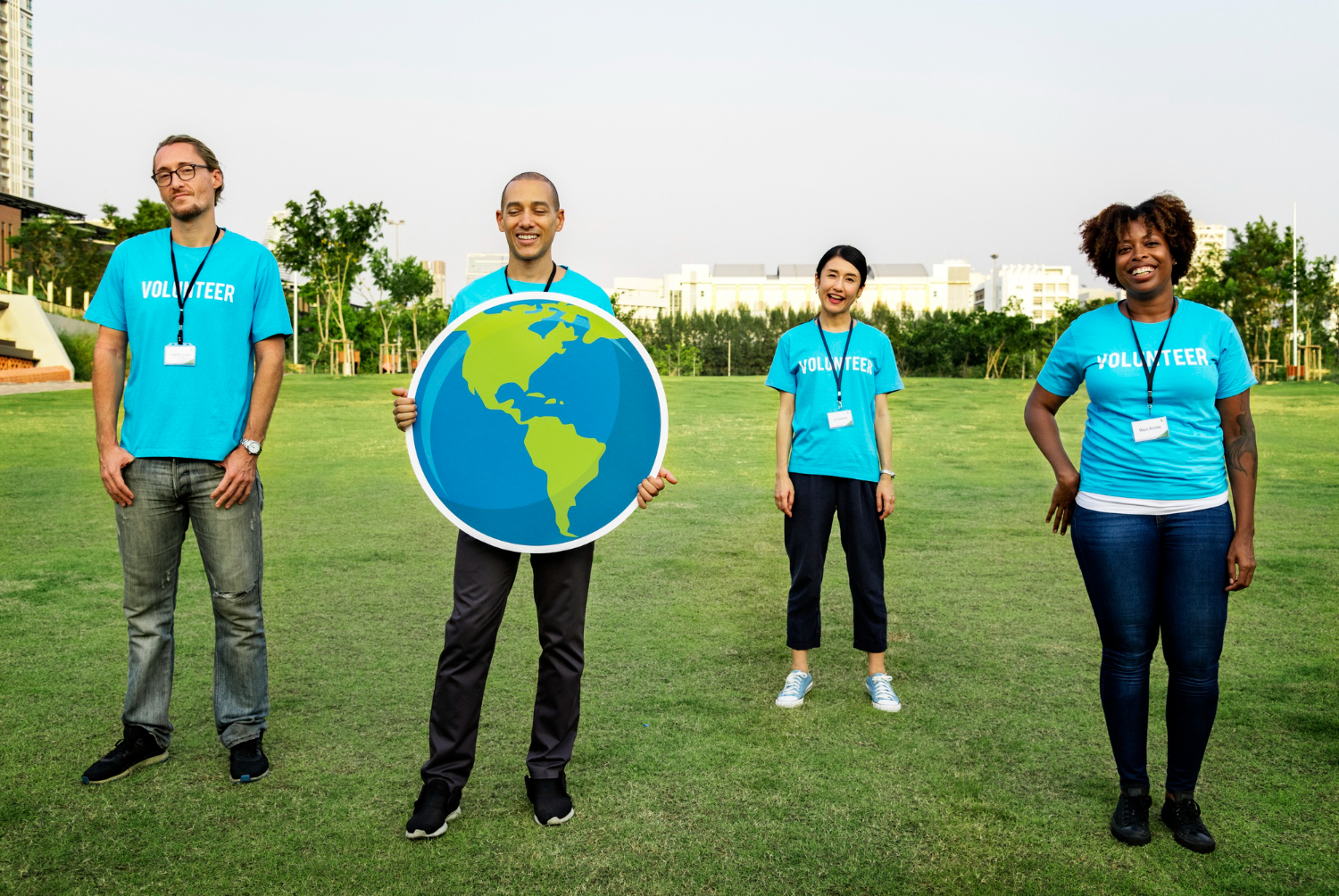The role of young people in the sustainability movement can never be underestimated. We are facing a time when the world is dealing with climate change, resource depletion, and environmental degradation.
Today’s youth are not just the inheritors of tomorrow but also the architects of a sustainable future. With creativity, passion, and an unyielding sense of responsibility, young individuals lead toward a greener, more equitable planet.
We will look at examples of youth environmental leadership and practical steps teens can take to contribute. In all, the article will explore how young people can spearhead the sustainability movement and even build careers in eco-innovation.
Inspiring Stories of Youth Environmental Leaders
Across the globe, young people are proving that age is no barrier to making a meaningful impact. These inspiring stories of youth leaders illustrate the power of determination and ingenuity in driving environmental change.
Here are a few stories that can inspire the youth towards the sustainable movement:
1. Greta Thunberg – The Climate Activist Who Inspired a Movement
Swedish environmentalist Greta Thunberg captured the world’s attention with her straightforward message: “Listen to the science.” At just 15 years old, she initiated the “Fridays for Future” school strike for climate, mobilizing millions of students worldwide. Her advocacy has influenced global climate policies and inspired countless young people to take action.
2. Autumn Peltier – Championing Clean Water
Autumn Peltier, a young Indigenous activist from Canada, has become a global voice for water conservation. Known as the “water warrior,” she has addressed the United Nations, urging leaders to protect water resources and respect Indigenous rights. Autumn’s advocacy underscores the importance of cultural perspectives in sustainability.
3. Boyan Slat – Innovating Solutions for Ocean Cleanup
Boyan Slat, a Dutch entrepreneur, founded The Ocean Cleanup when he was just 18. His groundbreaking project focuses on removing plastic waste from the oceans using innovative technology. To date, Slat’s efforts have removed thousands of tons of debris, demonstrating how technological innovation can address environmental challenges.
These youth leaders show that passion and persistence can catalyze meaningful change, inspiring others to join the fight for sustainability.
Practical Ways Teens Can Contribute to Sustainability
While large-scale change often requires systemic action, individuals—especially teens—can make a significant difference through practical efforts in their daily lives.
Here are some ways young people can contribute:
- Adopting Sustainable Habits
- Reduce, Reuse, Recycle: By minimizing waste and rethinking consumption habits, teens can reduce their environmental footprint. Recycling paper, plastics, and electronics can help divert waste from landfills.
- Energy Conservation: Simple actions like turning off lights, using energy-efficient appliances, and embracing renewable energy sources can collectively make a big impact.
- Sustainable Transportation: Walking, biking, or using public transportation instead of cars helps cut down greenhouse gas emissions.
- Advocacy and Awareness
- Starting Environmental Clubs: Teens can establish school or community-based environmental groups to raise awareness and initiate sustainability projects.
- Social Media Activism: Platforms like Instagram, TikTok, and Twitter allow teens to amplify their voices, share eco-friendly tips, and advocate for change.
- Organizing Events: Hosting clean-up drives, tree-planting events, or awareness campaigns can mobilize communities and inspire collective action.
- Participating in Sustainable Projects
- Urban Gardening and Composting: Transforming unused spaces into community gardens promotes local food production and reduces food miles.
- Beach and Park Cleanups: Joining or organizing cleanup drives helps protect ecosystems and wildlife.
- Volunteering with NGOs: Numerous organizations offer opportunities for teens to get involved in environmental conservation.
These actions demonstrate how small, consistent efforts can contribute to the larger goal of global sustainability.
Career Paths in Eco-Innovation
For young people passionate about sustainability, the growing field of eco-innovation offers a wealth of career opportunities. By pursuing education and skills in this domain, teens can turn their passion for the environment into meaningful careers.
Here are some promising career paths:
- Renewable Energy Specialist: With the global shift towards clean energy, careers in solar, wind, and geothermal power are booming. Renewable energy specialists design, install, and maintain sustainable energy systems, contributing directly to reducing carbon emissions.
- Environmental Scientist: Environmental scientists study ecosystems, pollution, and climate change to develop solutions for pressing environmental problems. This role is critical for shaping policies and practices that protect the planet.
- Sustainable Architect or Urban Planner: As cities expand, there’s a growing demand for architects and planners who prioritize sustainability. These professionals design energy-efficient buildings and develop urban spaces that harmonize with the environment.
- Eco-Entrepreneur: Entrepreneurs like Boyan Slat prove that innovation and business acumen can address environmental challenges. Eco-entrepreneurs create sustainable products, services, or technologies, from biodegradable packaging to water purification systems.
- Climate Policy Analyst: For those interested in shaping systemic change, careers in climate policy involve crafting legislation and strategies to address environmental issues on a global scale.
- Sustainable Fashion Designer: The fashion industry is a significant polluter, but sustainable designers are changing that narrative. By using eco-friendly materials and ethical practices, they redefine how clothing is produced and consumed.
- Wildlife Conservationist: For nature enthusiasts, careers in wildlife conservation offer the chance to protect endangered species and preserve biodiversity. This field involves fieldwork, research, and advocacy.
These career paths highlight the diverse ways young people can channel their passion for sustainability into impactful professions.
The Role of Education and Mentorship
Education plays a pivotal role in equipping young people with the knowledge and skills to lead the sustainability movement. Schools and universities should prioritize environmental studies, offering courses in climate science, eco-innovation, and renewable energy.
Extracurricular programs, such as science fairs and green competitions, can further ignite curiosity and creativity in sustainability.
Mentorship is equally important. Connecting teens with experienced environmentalists, scientists, and entrepreneurs can provide guidance and inspiration.
Programs like the UN’s Young Champions of the Earth and other youth-focused initiatives offer platforms for mentorship and networking.
Conclusion
Young people hold the key to building a sustainable future. By taking inspiration from youth leaders, adopting eco-friendly habits, and exploring careers in eco-innovation, teens can lead the way in addressing the environmental challenges of our time.
The sustainability movement is not just a call to action but an opportunity for young people to innovate, inspire, and create a world where both humanity and nature can thrive.
The future is in their hands, and with determination, education, and collaboration, the youth of today can ensure that it is a greener, more sustainable one.

